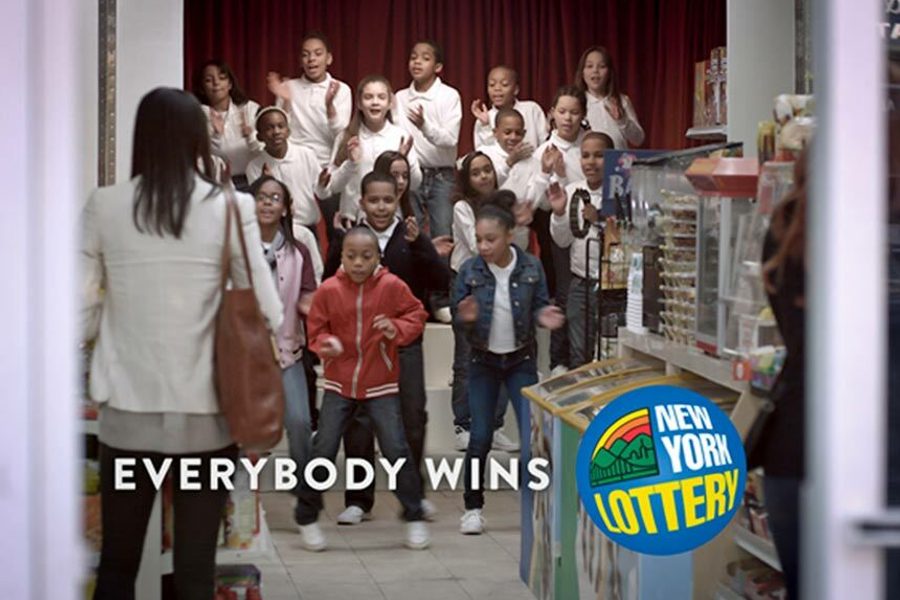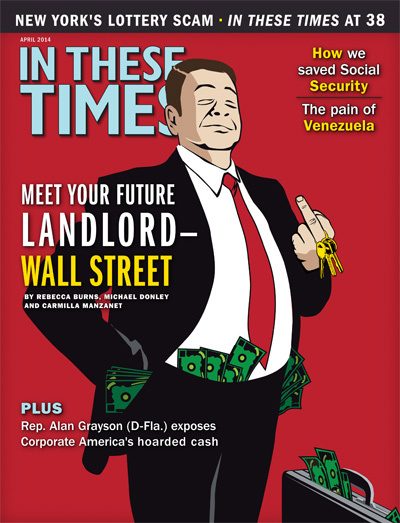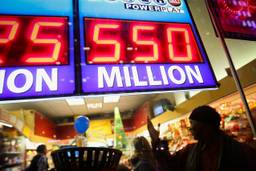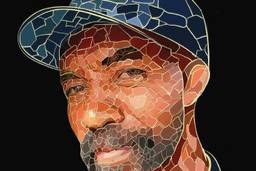
Lottery sales in America are driven by a core group of devotees, with 70 percent of national sales coming from only 20 percent of players.
Who these players are is no mystery: According to Bloomberg News, households making between $30,000 and $40,000 a year spend twice as much on lottery tickets as households making upwards of $100,000, and high-school dropouts spend an average of $50 a month on lottery play, while people with graduate degrees spend $13. A lottery bill of $50 a month represents a real commitment, and in working-class households it undoubtedly pushes up against food expenses, rent, the electricity bill and other basic necessities.
Thus it is a genuine challenge for states to drive lottery expenses among the poor any higher, even with the most well-executed advertising campaigns. In response, the New York state lottery has taken a new approach to advertising in the hopes of broadening its customer base.
A previous New York Lottery campaign, titled “Yeah, That Kind of Rich,” featured lottery winners putting their newfound wealth to all sorts of absurd uses.
But wealth fantasies will only go so far in appealing to potential consumers who are already reasonably confident in their own economic prospects, and these are the people the New York Lottery is trying to attract. So with new demographic groups in mind, the New York Lottery has shifted its $90 million annual advertising budget toward an effort to portray the lottery as a socially conscious civic enterprise. As a lottery executive explained to Marketing Daily, the new campaign, titled “Thank You for Being a Friend,” is pursuing “a demographic of younger adults that make discretionary purchase decisions based on the good-cause purpose of an entity.”
A new commercial, produced by advertising agency DDB New York, depicts a group of lottery players at a Brooklyn bodega who are pleasantly surprised when a group of black and brown elementary school students suddenly begin singing and dancing to Andrew Gold’s “Thank You for Being a Friend,” the theme song from the 1980s sitcom The Golden Girls. “Every time you play a New York Lottery game,” the commercial explains, “a portion of your sale goes to aid New York state schoolchildren.”
But New Yorkers who are being enticed to gamble on the basis of their love for dancing children should understand that the notion that the lottery provides additional resources to schools is a “myth,” as the New York State Comptroller wrote in 1998. Indeed, according to a 2013 City Limits investigation, there have been years when New York lottery revenues have gone up while state education spending per pupil has gone down. This is because lottery funds earmarked for education can simply displace other sources of school funding, such as property taxes, which can then be diverted to other uses, such as the maintenance of state prisons or the salary of state legislators who continue to be paid while they are under federal indictment. The “Thank You for Being a Friend” commercial could just as appropriately have featured prison guards and crooked state legislators dancing and singing.
If the state lottery had really wanted to make a commercial about the impact of the lottery on children’s lives, they could have tried gathering together all of the New York public school children who have a parent who is a core lottery player and who have also had the electricity cut off in their homes during the past year. Undoubtedly, that commercial would have required a bigger bodega.
The trajectory of lottery advertising has been one of remarkable growth. In 1967, the newly created New York Lottery spent $1.5 million on advertising (which would be some $10 million today), focusing its campaign on the theme of … supporting education. But that strategy failed to boost sales, and that’s when the lottery changed its advertising strategy to appeal to people’s desire to get rich quick. Now, after more than 40 years and more than $1 billion worth of advertising aimed at tempting customers with the prospect of yacht ownership and private helicopters, the lottery has returned to the theme of civic virtue with a $90 million budget to explain to cause-driven consumers that if they want to see black kids dancing, then they had better start buying some scratch tickets.
And even if the new campaign fails to connect with young professionals, there is another group that is likely to perk up and pay attention to commercials that feature New York public school children singing and dancing. That group, of course, is New York public school children. Or, as the lottery sees them, future core players.






